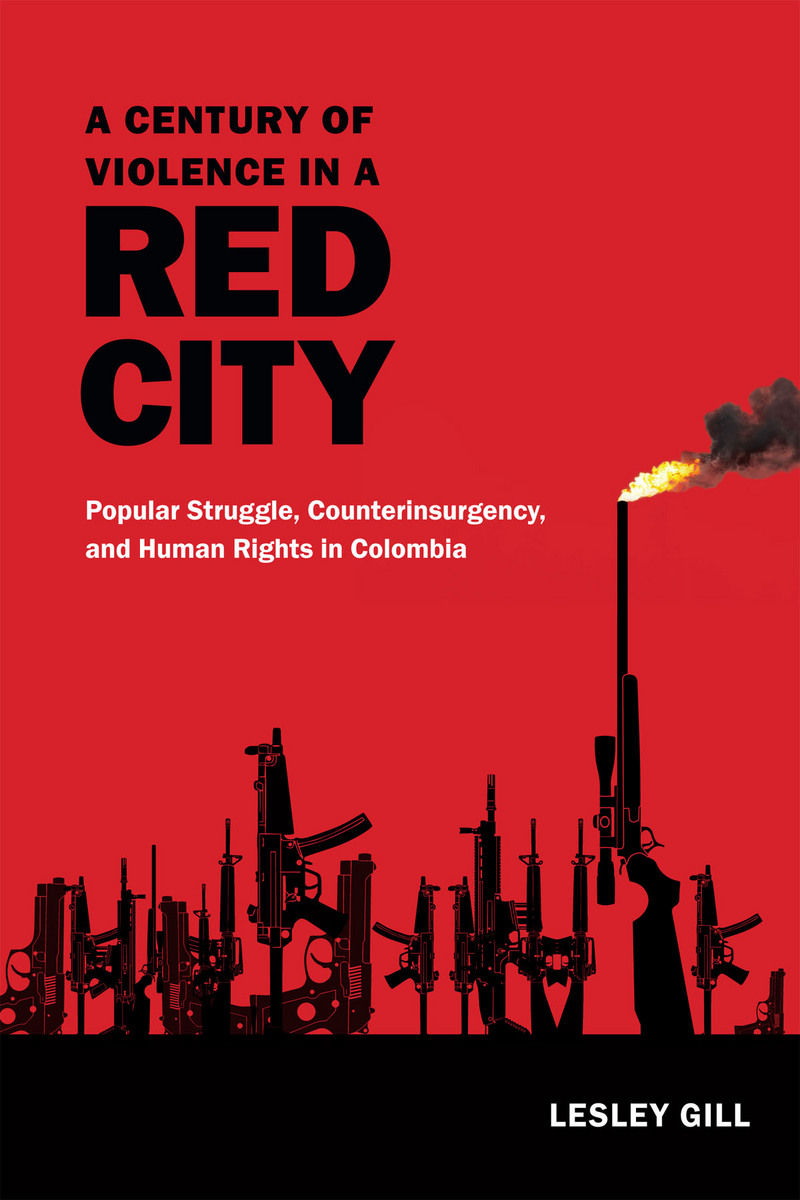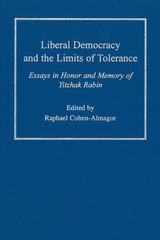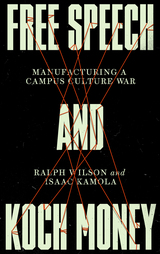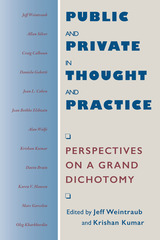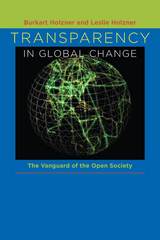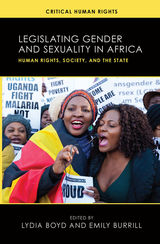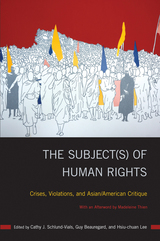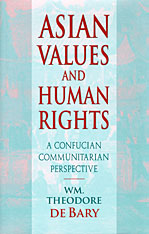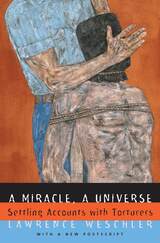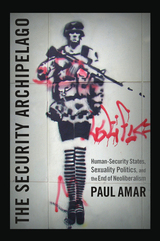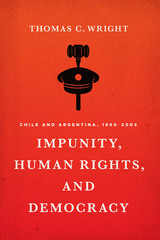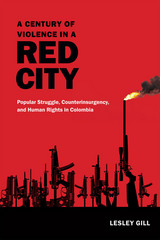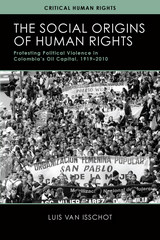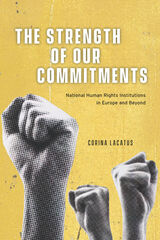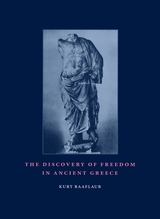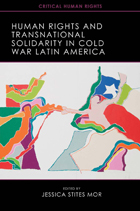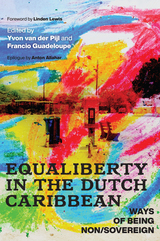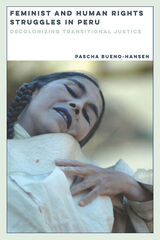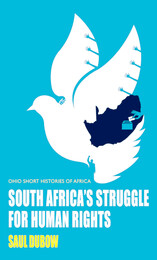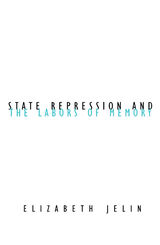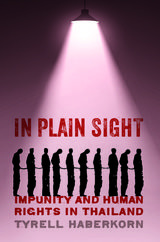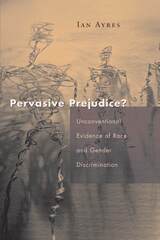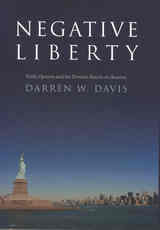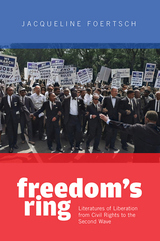A Century of Violence in a Red City: Popular Struggle, Counterinsurgency, and Human Rights in Colombia
Duke University Press, 2016
Paper: 978-0-8223-6060-5 | Cloth: 978-0-8223-6029-2 | eISBN: 978-0-8223-7470-1
Library of Congress Classification JC599.C7G55 2016
See other books on: Century | Colombia | Counterinsurgency | Human rights | Working class
See other titles from Duke University Press
Paper: 978-0-8223-6060-5 | Cloth: 978-0-8223-6029-2 | eISBN: 978-0-8223-7470-1
Library of Congress Classification JC599.C7G55 2016
ABOUT THIS BOOK | AUTHOR BIOGRAPHY | REVIEWS | TOC | REQUEST ACCESSIBLE FILE
ABOUT THIS BOOK
In A Century of Violence in a Red City Lesley Gill provides insights into broad trends of global capitalist development, class disenfranchisement and dispossession, and the decline of progressive politics. Gill traces the rise and fall of the strong labor unions, neighborhood organizations, and working class of Barrancabermeja, Colombia, from their origins in the 1920s to their effective activism for agrarian reforms, labor rights, and social programs in the 1960s and 1970s. Like much of Colombia, Barrancabermeja came to be dominated by alliances of right-wing politicians, drug traffickers, foreign corporations, and paramilitary groups. These alliances reshaped the geography of power and gave rise to a pernicious form of armed neoliberalism. Their violent incursion into Barrancabermeja's civil society beginning in the 1980s decimated the city's social networks, destabilized life for its residents, and destroyed its working-class organizations. As a result, community leaders are now left clinging to the toothless discourse of human rights, which cannot effectively challenge the status quo. In this stark book, Gill captures the grim reality and precarious future of Barrancabermeja and other places ravaged by neoliberalism and violence.
See other books on: Century | Colombia | Counterinsurgency | Human rights | Working class
See other titles from Duke University Press
